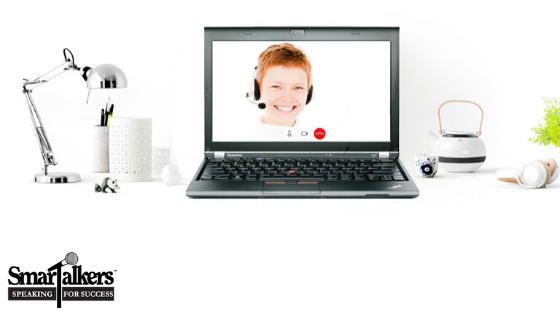
Recently I was contacted by a colleague of mine complaining of almost losing her voice after teaching her classes virtually. I immediately put on my speech pathologist’s hat and suggested she may be pushing her voice too hard, increasing her loudness more than needed creating a fatigued voice. This is not unusual when we aren’t able to get the feedback on voice modulation as is possible during a classroom setting.
Also, I suggested that a bit of anxiety may be playing into this as she had never used video to teach a class before. The anxiety she may be feeling will cause a tightening of her throat muscles which in turn would add to the vocal fatigue she was experiencing.
In a follow-up email a week later she stated: “I took your advice about watching my projection, and it made all the difference.” She also switched to a more user-friendly video platform eliminating the stress she was feeling.
If you’re experiencing challenges with your voice with the new normal of teaching virtual classes, let’s talk. As a speech pathologist for over 30 years, I’ve coached business professionals on the use and care of the professional voice. Your voice is an instrument. Learn to play it well.
Be safe, be kind, be well,
Wendy

